- Details
Clothing made from tropical fabrics such as piña and banana are usually used only during weddings, baptisms, burials and other special occasions. The Philippine Textile Research Institute of the Department of Science and Technology (DOST-PTRI) however is keen on making tropical fabrics more mainstream.
The establishment of PTRI’s P54 M Innovation Center for Yarns and Textiles (ICYT) that will produce yarns customized to customers’ and industry needs is a step closer to this goal which is part of the bigger objective of revitalizing the textile industry in the country.
Read more: New DOST facility to help put tropical fabrics in mainstream market
- Details
The Department of Science and Technology- Philippine Science High School System (DOST-PSHS) is now accepting applications for the National Competitive Examination (NCE) for incoming Grade 7 students for schoolyear 2016-2017.
A Grade 6 pupil from a school duly recognized by the Department of Education who meets the following criteria is eligible to apply for the PSHS NCE: He/she must: 1) belong to the upper 10% of the batch (SY 2014-2015) and not have a grade below 80% as certified by the school principal or registrar.
Read more: DOST’s Phil. Science HS open to applications for NCE for 2016-2017
- Details
Boracay Island has long been the subject of issues regarding wastewater, drainage systems, and residual solid waste that fill the air with noxious odor. While there are regulations governing waste treatment in the island, the problem persists due to an inadequate treatment system especially with the continuous influx of tourists to the island.
Boracay may have found the answer to this problem through Department of Science and Technology’s (DOST)-developed Eco-Sep, an organomineral treatment used in a self-sustaining and portable wastewater treatment system.
Organominerals are mineral products that are formed by interaction of organic matter.
Read more: DOST-funded organominerals technology helps deodorize Boracay’s wastewater

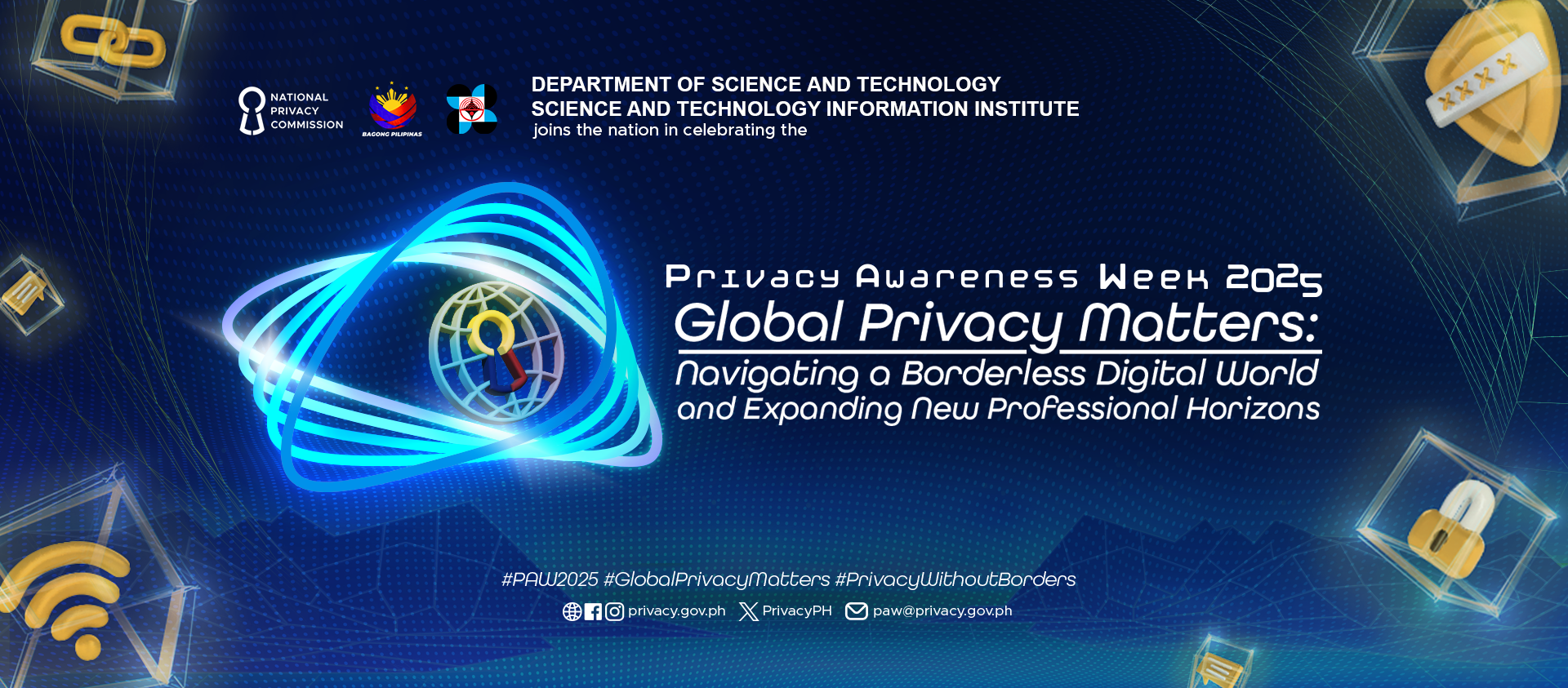
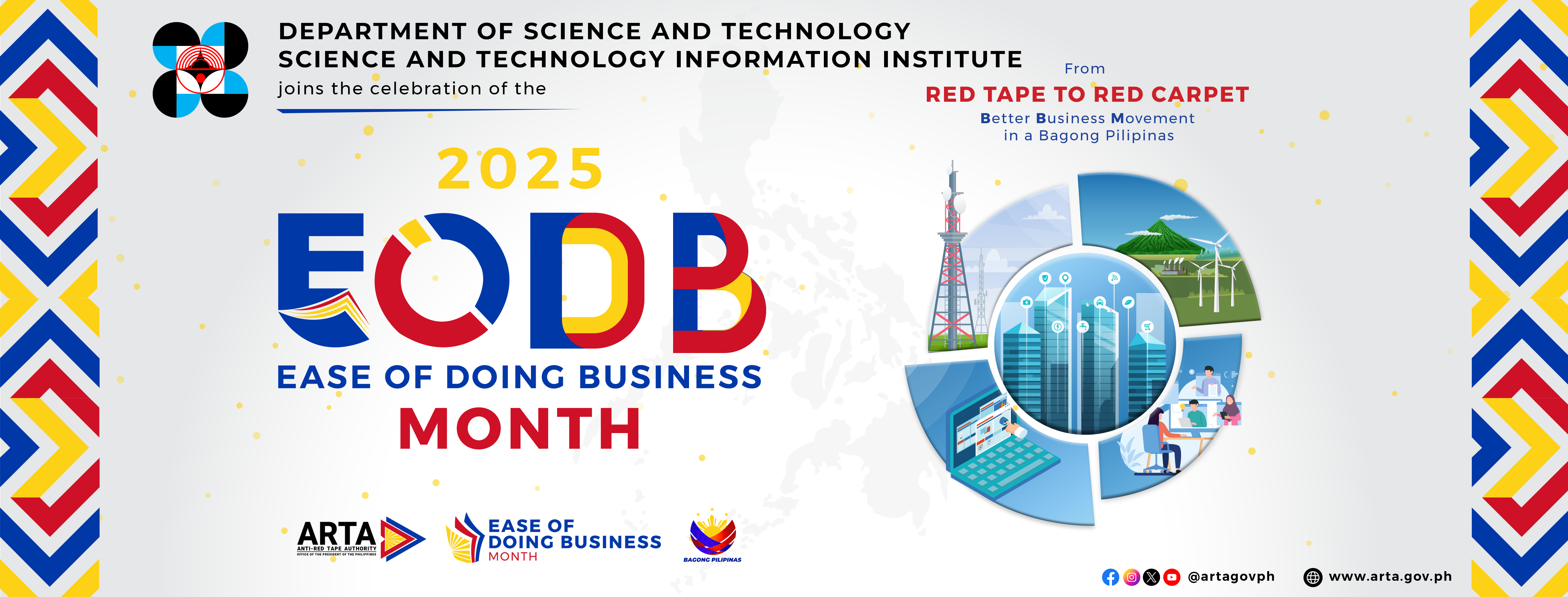
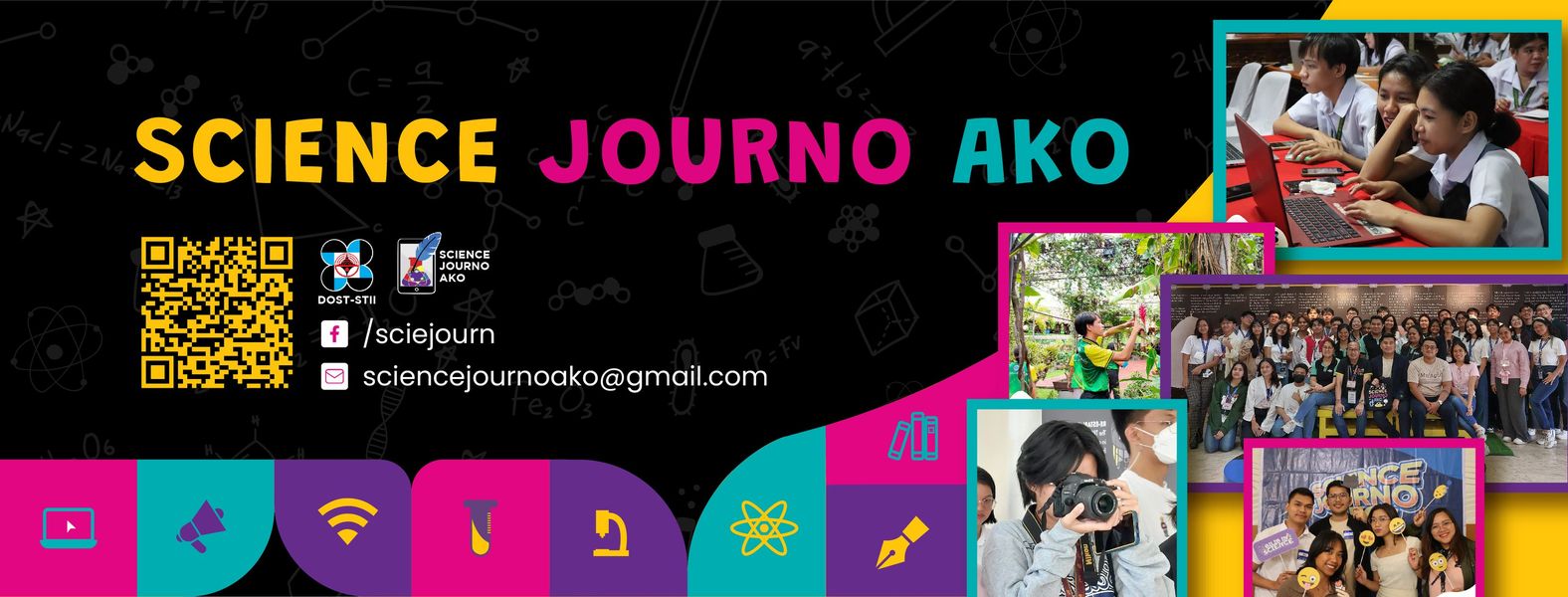



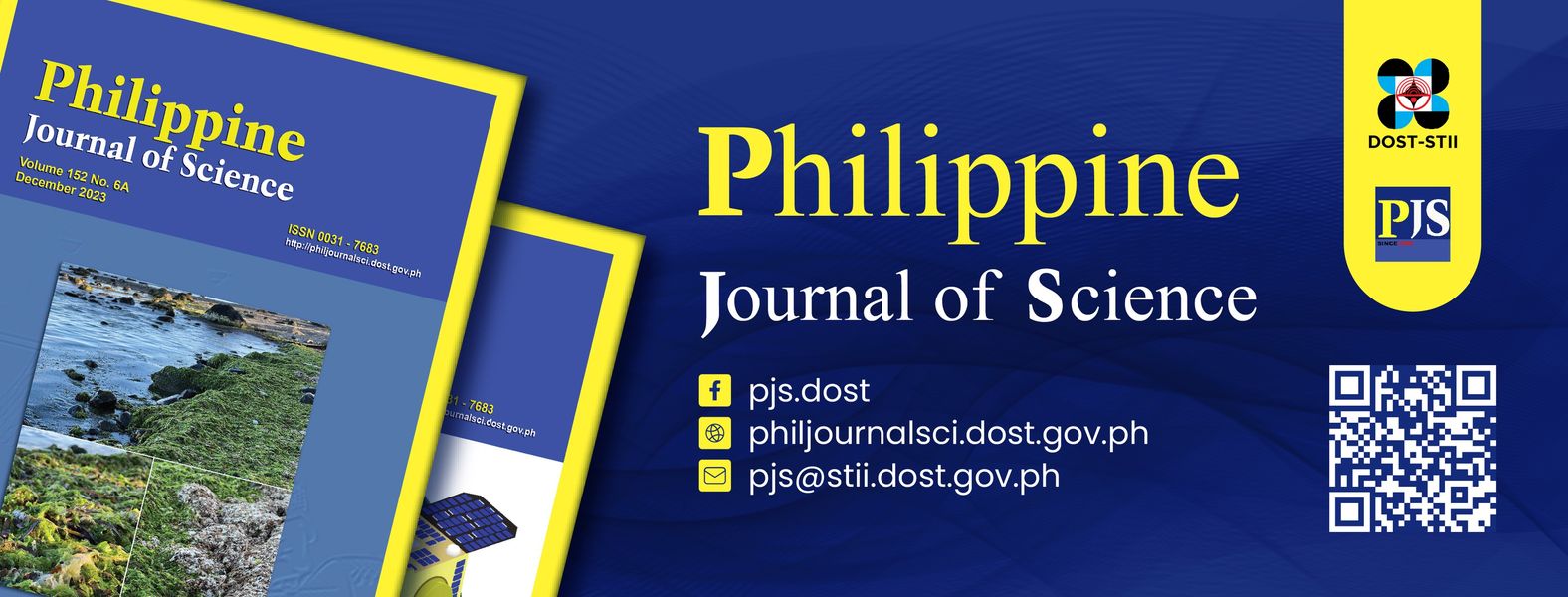




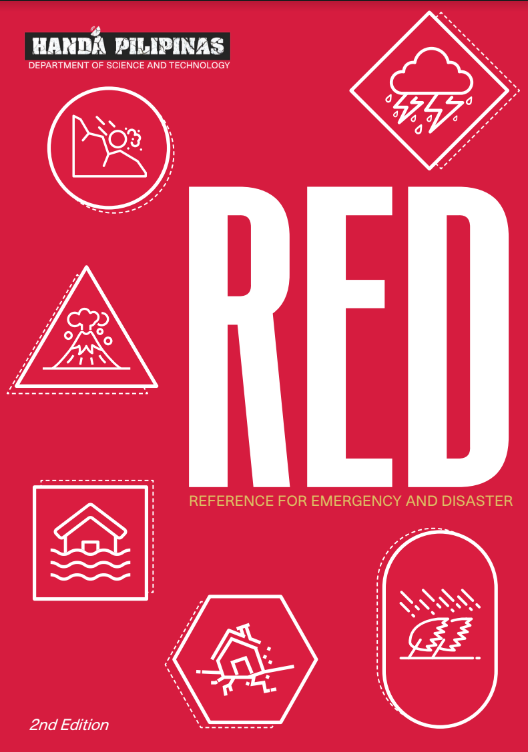





 21 in 2021 Technology Catalogue
21 in 2021 Technology Catalogue 21 in 2021 Technology Catalogue
21 in 2021 Technology Catalogue DOST Innovations - Web and Mobile Applications for Disaster Risk Reduction and Management
DOST Innovations - Web and Mobile Applications for Disaster Risk Reduction and Management